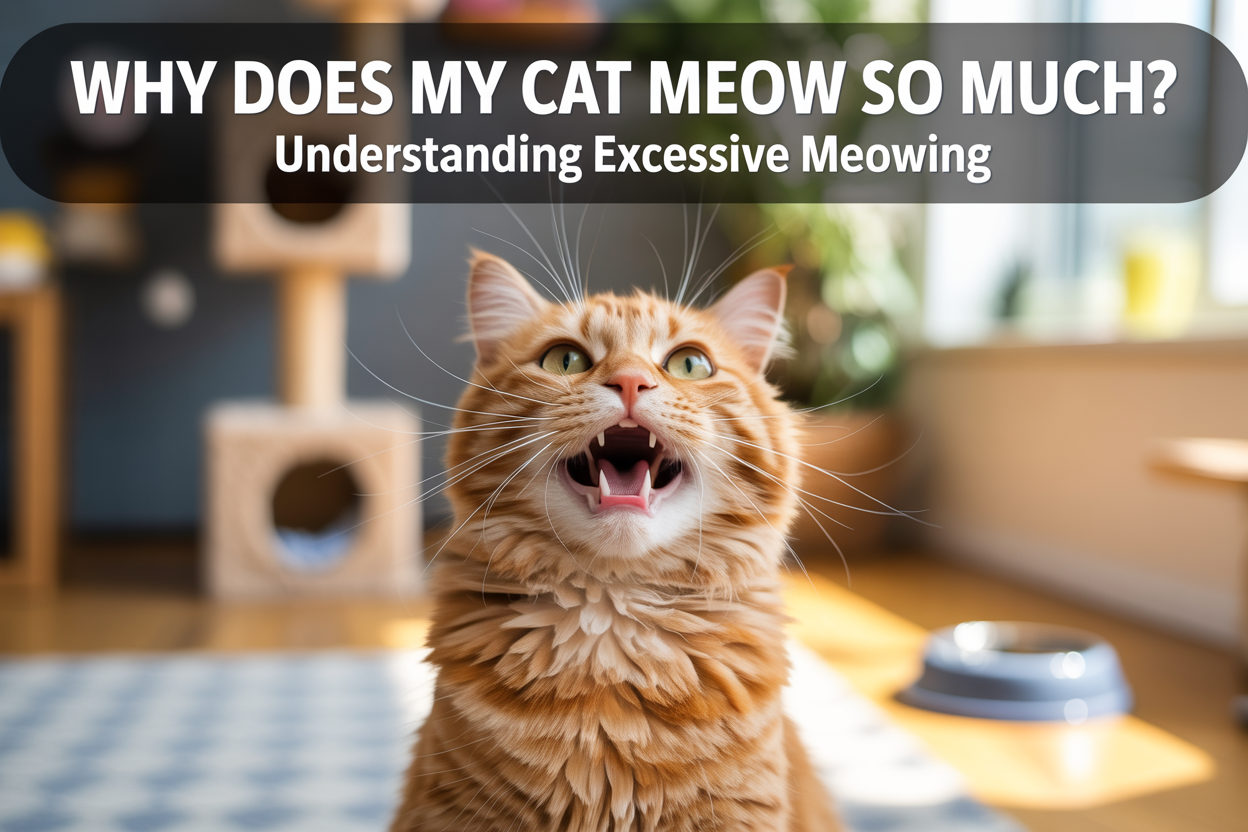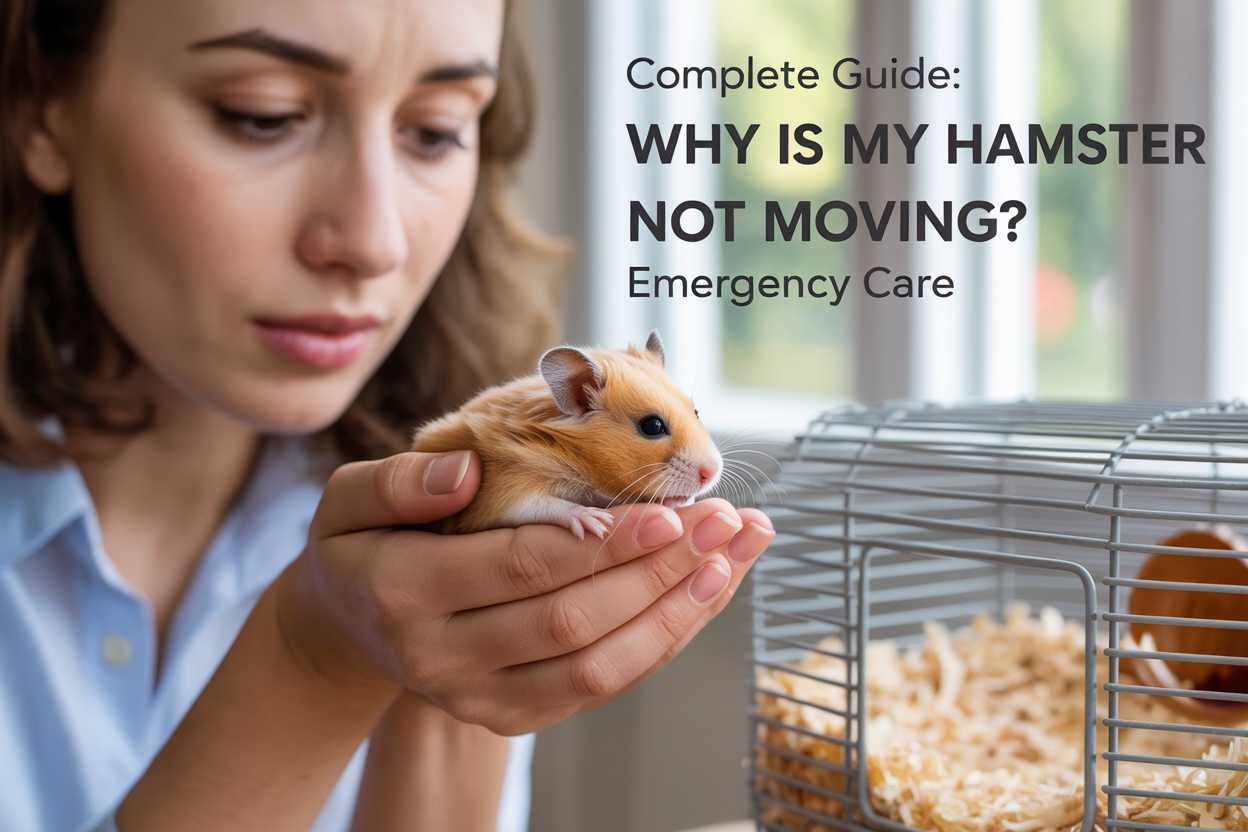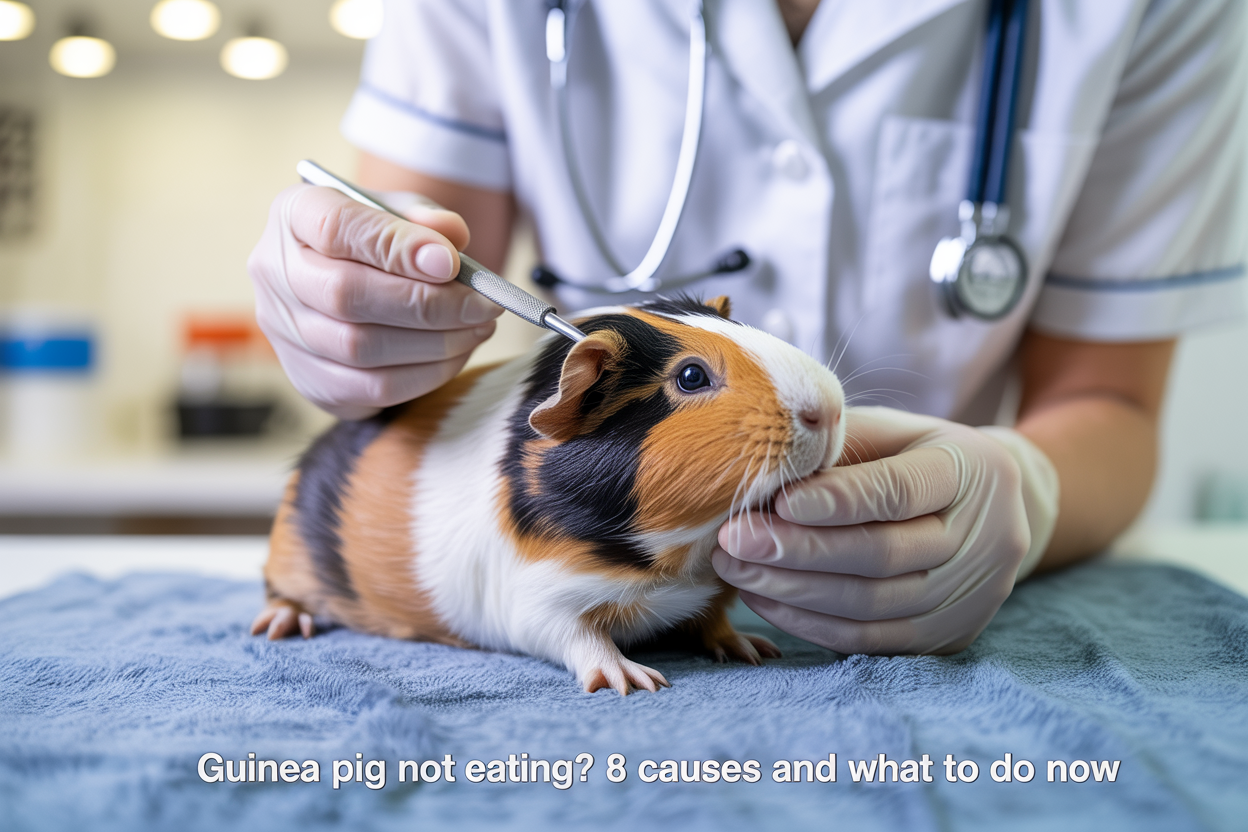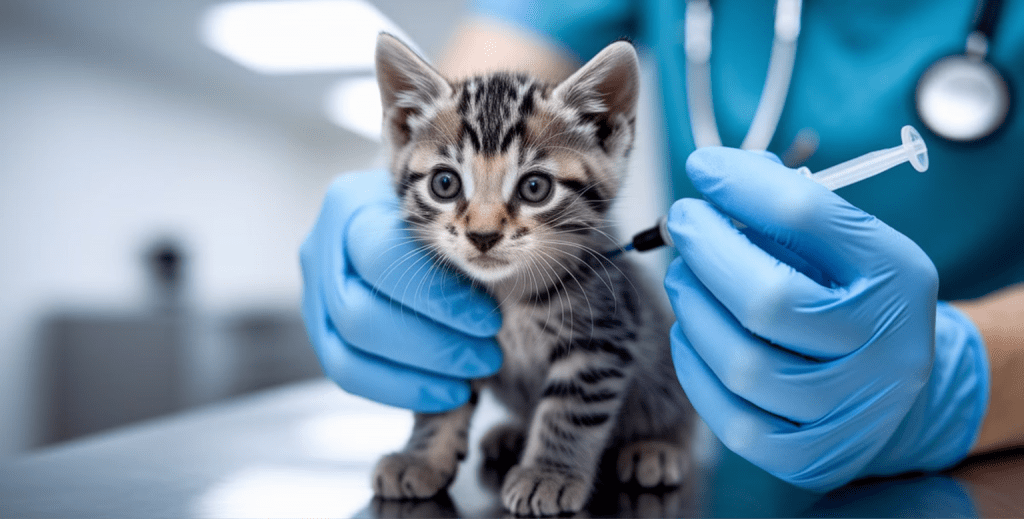Do Poodles Shed? Complete Shedding Guide & Care Tips 2025
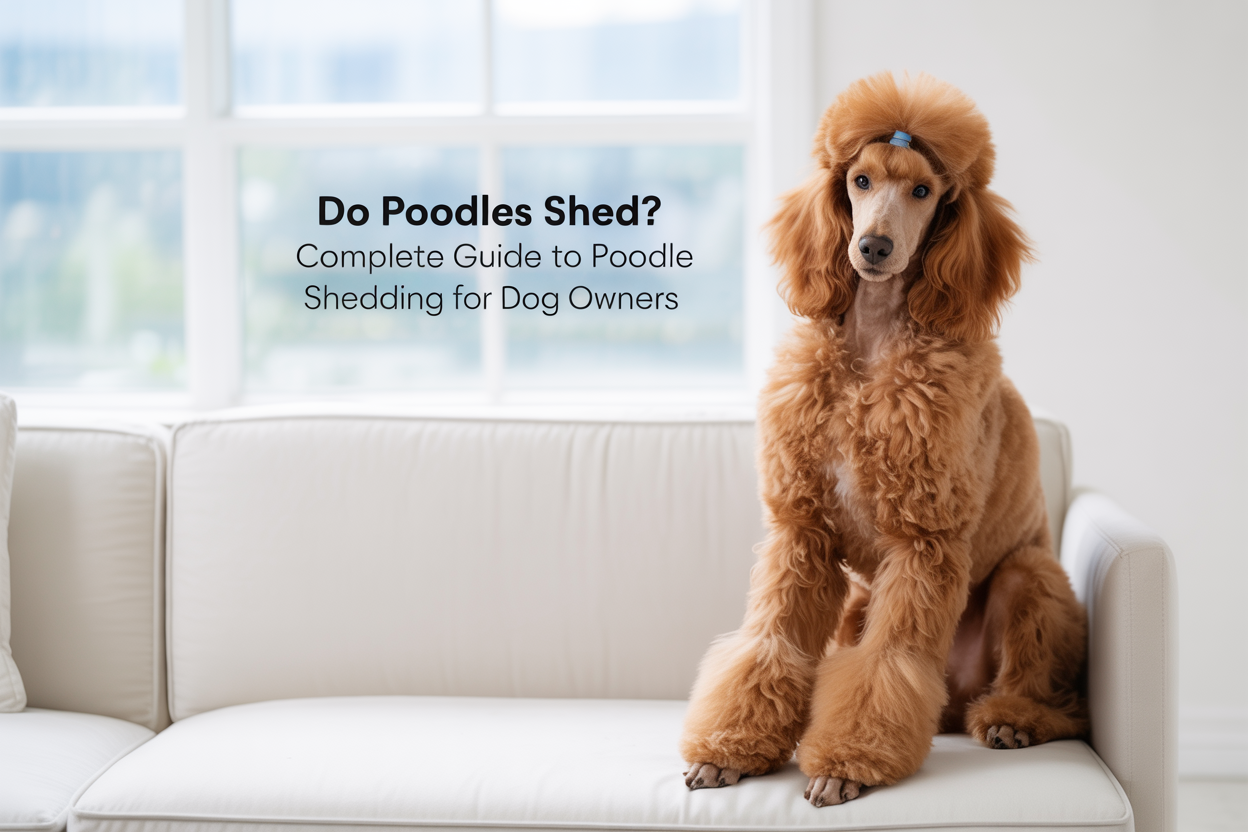
Do poodles shed? Poodles are considered non-shedding or minimal-shedding dogs, though they do lose some hair like all dogs. Their curly, dense coat traps loose hair within the curls rather than releasing it into your home, making them one of the best choices for allergy sufferers and clean homes. However, their trapped hair requires regular grooming every 4-6 weeks to prevent matting and maintain their signature low-shedding benefits.
Understanding Why Do Poodles Shed Differently Than Other Dogs
When people ask do poodles shed, the answer requires understanding their unique coat structure. Poodles have hair rather than fur, which fundamentally changes their shedding pattern. While most dogs have fur that grows to a certain length and sheds seasonally, poodle hair continues growing throughout their lives, similar to human hair.
The poodle’s coat consists of dense, tightly curled hair that forms a protective layer. When poodles do lose hair as part of the natural growth cycle, the loose strands become trapped within the curls rather than falling onto your furniture, clothes, or floors. This is why you’ll rarely find poodle hair around your home, even though they do shed approximately 20-40 individual hairs daily—significantly less than breeds like Golden Retrievers that can shed hundreds of hairs per day.
All three poodle sizes—Standard, Miniature, and Toy—share this low-shedding characteristic. Whether you choose a 70-pound Standard or a 6-pound Toy, you can expect the same minimal shedding benefits. The breed also lacks an undercoat, which is typically responsible for heavy seasonal shedding in double-coated breeds.
The Science Behind Poodle Hair Growth and Shedding
All dogs experience hair growth cycles consisting of four phases: anagen (active growth), catagen (transition), telogen (resting), and exogen (shedding). What makes poodles special is their extended anagen phase, where hair continues growing for several years before entering the shedding phase.
During this extended growth period, poodle hair can reach impressive lengths if left uncut. This means fewer hairs enter the shedding phase simultaneously, resulting in minimal hair loss. Research indicates poodles lose approximately 20-40 hairs daily compared to hundreds for heavy-shedding breeds.
However, shedding can increase due to health factors including poor nutrition, skin conditions, hormonal imbalances, stress, or parasites. If your poodle suddenly sheds noticeably more than usual or develops bald spots, consult your veterinarian for proper diagnosis and treatment.
Essential Poodle Grooming Requirements
Because poodles trap shed hair within their coats, regular grooming is non-negotiable for maintaining their low-shedding benefits and preventing serious coat problems. Without proper maintenance, trapped hair forms tight mats that pull on skin and create painful conditions.
Daily Brushing (5-10 minutes): Use a slicker brush or pin brush to work through the coat systematically, removing trapped shed hair before it tangles. Focus on high-friction areas including behind the ears, under the legs, and around the collar.
Professional Grooming (Every 4-6 weeks): Schedule appointments with experienced groomers for bathing, thorough brushing, trimming to your preferred style, nail trimming, and ear cleaning. Professional grooming typically costs $50-$150 per session depending on size and location.
Bath Time (Every 3-4 weeks): Regular bathing with quality dog shampoo helps remove loose hair and keeps skin healthy. Always brush thoroughly before bathing, as water can tighten existing tangles into impossible mats.
Essential Grooming Tools:
- Slicker brush for daily maintenance
- Metal comb for checking thoroughness
- Grooming scissors or clippers for touch-ups
- Quality dog shampoo and conditioner
- Detangling spray for easier brushing
Neglecting grooming transforms your low-shedding poodle into a matted, uncomfortable dog requiring expensive mat removal. Severe matting often necessitates complete shaving, removing the coat’s protective benefits.
Are Poodles Hypoallergenic? The Allergy Question
Poodles are frequently marketed as hypoallergenic, but understanding do poodles shed enough to trigger allergies requires clarity. No dog breed is completely hypoallergenic. Dog allergies stem from proteins in dander (dead skin cells), saliva, and urine rather than hair itself.
Because poodles shed minimally, they release less dander into the environment compared to heavy-shedding breeds. Studies suggest approximately 10-15% of people with dog allergies can tolerate poodles with minimal symptoms, while others experience significant relief compared to shedding breeds. However, individual reactions vary considerably.
Factors Affecting Allergic Reactions:
Individual Sensitivity: Some people react to specific proteins poodles still produce in saliva and dander. Spending extended time with poodles before committing to ownership helps determine your personal reaction.
Coat Maintenance: Well-groomed poodles with clean coats produce less dander than poorly maintained dogs. Regular bathing and brushing reduce allergen levels significantly.
Living Environment: Frequent home cleaning, HEPA air purifiers, and keeping poodles out of bedrooms minimize allergic reactions for sensitive individuals.
If you have dog allergies, arrange multiple visits with poodles before adoption. Spend several hours in enclosed spaces with the dogs, and if possible, visit the specific puppy or dog you’re considering.
Comparing Poodles to Other Low-Shedding Breeds
Many potential owners wonder do poodles shed compared to other popular low-shedding breeds. Here’s how poodles stack up:
| Breed | Shedding Level | Grooming Frequency | Size Options |
|---|---|---|---|
| Poodle | Minimal | Every 4-6 weeks | Toy, Mini, Standard |
| Bichon Frise | Minimal | Every 4-6 weeks | Small only |
| Maltese | Minimal | Every 4-6 weeks | Small only |
| Portuguese Water Dog | Minimal | Every 6-8 weeks | Medium-Large |
*Verify current breed characteristics with reputable breeders
Poodles vs. Doodles: First-generation poodle mixes (Labradoodles, Goldendoodles) inherit unpredictable coat characteristics and may shed considerably more than purebred poodles. If minimal shedding is your priority, purebred poodles offer more reliable results.
The advantage poodles offer is the variety of sizes available while maintaining consistent low-shedding characteristics. Whether you need a small apartment dog or a large family companion, there’s a poodle variety that fits.
Poodle Shedding by Life Stage
Puppy Stage (Birth to 12 months): Poodle puppies transition from soft, wavy puppy coats to adult curly coats between 6-12 months. During this transition, you may notice more loose hair as the puppy coat is replaced. This temporary increase is normal and resolves once the adult coat develops.
Adult Stage (1-7 years): Adult poodles maintain their lowest shedding levels during these prime years. With proper care, your poodle will shed minimally and consistently.
Senior Stage (7+ years): Older poodles may experience slight changes in coat texture or density due to aging. Some seniors develop thinner coats in certain areas but typically remain low-shedding. Age-related health conditions might affect coat quality, making regular veterinary checkups important.
Female Poodles: Intact females may experience hormonal fluctuations during heat cycles, pregnancy, and nursing that temporarily increase shedding. Spaying typically stabilizes hormones and maintains consistent low-shedding characteristics.
Practical Tips for Living with Low-Shedding Poodles
Establish Daily Routines: Brush your poodle at the same time daily, making it part of your regular routine. Consistency prevents overwhelming grooming marathons and keeps your dog comfortable.
Invest in Quality Tools: Professional-grade grooming tools make the process easier and more effective. Quality slicker brushes, metal combs, and grooming scissors save money long-term through durability and better results.
Learn Basic Skills: While professional grooming is essential, learning basic brushing techniques, paw pad trimming, and sanitary trims between appointments keeps your poodle comfortable.
Monitor Coat Condition: Regularly check for mats, especially in friction areas like under collars, behind ears, and where legs meet the body. Catching small tangles early prevents serious matting problems.
Choose the Right Coat Style: Select a poodle cut matching your grooming commitment level. Shorter cuts like puppy clips require less daily maintenance than longer, elaborate styles.
Budget for Grooming: Plan for $75-$200 monthly in grooming-related expenses including professional services and home maintenance supplies.
Choosing the Right Poodle Size
All three poodle sizes maintain identical low-shedding characteristics while offering different lifestyle fits:
Toy Poodles (4-6 pounds, under 10 inches): Best for apartment dwellers and seniors. Smallest surface area means quickest grooming sessions and lowest professional costs.
Miniature Poodles (10-15 pounds, 10-15 inches): Ideal for families wanting moderate energy levels. Balance between portability and sturdiness with mid-range grooming time.
Standard Poodles (45-70 pounds, over 15 inches): Perfect for active families and dog sports enthusiasts. Longest grooming sessions and highest professional costs due to size.
Your choice should depend on living space, activity level, and grooming budget rather than shedding concerns—all sizes shed equally minimally.
FAQ: Common Questions About Poodle Shedding
Do poodles shed more than other small dogs?
No, poodles shed significantly less than most small breeds. Beagles, Chihuahuas, and Pugs shed considerably more, leaving hair on furniture and clothing. Poodles trap their minimal shed hair within curly coats, keeping homes cleaner. However, trapped hair requires regular brushing to prevent matting.
How often should I brush my poodle to manage shedding?
Daily brushing for 5-10 minutes is ideal for managing trapped hair. If daily brushing isn’t possible, brush thoroughly at least every other day as a minimum. Going longer than two days risks mat formation, especially in high-friction areas. Combine daily brushing with professional grooming every 4-6 weeks.
Will getting a poodle help with my dog allergies?
Poodles may help but aren’t guaranteed solutions. They produce less airborne dander than heavy-shedding breeds. Studies suggest 10-15% of allergy sufferers tolerate poodles well, while others experience significant symptom reduction. Spend extended time with poodles before committing to assess your personal reaction.
Do poodles shed their puppy coat?
Yes, poodles transition from puppy coats to adult curly coats between 6-12 months. During this transition, you’ll notice more loose hair as the puppy coat is replaced. This temporary shedding increase is completely normal and resolves once the adult coat fully develops.
Do Standard Poodles shed more than Toy or Miniature Poodles?
All poodle sizes shed at the same minimal rate regardless of variety. Standards have more total coat volume due to larger size, meaning more absolute hair despite the same low percentage. Grooming time increases with size, but the fundamental low-shedding characteristic remains consistent across all varieties.
What’s the difference between poodle hair and dog fur regarding shedding?
Poodles have hair rather than fur, which affects shedding significantly. Dog fur grows to predetermined length and sheds seasonally. Poodle hair grows continuously with extended growth phases, resulting in less frequent shedding. Hair’s tighter curls trap shed hair within the coat rather than releasing it into the environment.
Is there a poodle color that sheds less?
No, coat color has no effect on shedding levels. Black, white, apricot, red, brown, silver, and parti-colored poodles all shed equally minimal amounts. Dark hair simply shows more visibly on light furniture, creating the impression of more shedding.
Common Myths About Poodle Shedding Debunked
Myth: Poodles Never Shed at All
Truth: All dogs shed some hair as part of natural growth cycles. Poodles shed minimally—approximately 20-40 hairs daily—but their curly coats trap shed hair, keeping it from spreading throughout your home.
Myth: All Poodle Mixes Are Non-Shedding
Truth: Mixed breeds inherit unpredictable traits. First-generation doodles often shed considerably, sometimes as much as their non-poodle parent. Purebred poodles offer the most reliable low-shedding results.
Myth: Poodles Don’t Need Regular Grooming
Truth: The opposite is true. Because poodles trap shed hair, they require more intensive grooming than many shedding breeds. Without regular brushing and professional grooming every 4-6 weeks, trapped hair forms painful mats.
Myth: Anyone with Dog Allergies Can Live with Poodles
Truth: While poodles are among the best breeds for allergy sufferers, no dog is completely hypoallergenic. Individual reactions vary, and some people with severe allergies still react to poodles.
The Reality of Living with Poodles
The question do poodles shed has a reassuring answer—poodles genuinely deserve their reputation as minimal-shedding dogs, making them excellent choices for clean homes and people with mild to moderate dog allergies. Their unique coat traps the small amount of hair they lose, keeping furniture, clothing, and floors noticeably cleaner than homes with shedding breeds.
However, low-shedding doesn’t mean low-maintenance. Daily brushing, professional grooming every 4-6 weeks, and proper coat care are non-negotiable for responsible poodle ownership. Neglecting these requirements leads to painful matting and ultimately more work and expense than consistent maintenance.
For people willing to invest time and resources in proper grooming, poodles offer exceptional companionship with minimal shedding mess. Their intelligence, versatility across three size options, and genuinely low hair loss make them outstanding pets for various living situations.
If you’re considering a poodle, honestly assess your willingness to commit to regular grooming. Visit breeders or rescue organizations to spend time with poodles and observe their coats firsthand. For allergy sufferers, arrange extended exposure before making adoption decisions.
The bottom line: Poodles do shed, but so minimally that most owners never find dog hair around their homes. With proper care and realistic grooming expectations, poodles provide all the benefits of canine companionship with a fraction of the shedding hassle other breeds present.
Important Disclaimers
Pricing and Features: All pricing information, features, and grooming service costs mentioned in this article are based on publicly available data at the time of publication. Grooming rates, product prices, and service offerings may change without notice. We strongly recommend verifying current rates, services, and terms directly with groomers, veterinarians, and product vendors before making any purchasing decisions.
Professional Guidance: This content is provided for informational purposes only and should not be considered professional veterinary or medical advice. Dog health, allergy management, and breed-specific care requirements can be complex and may vary based on your specific circumstances, health conditions, and individual dog needs. We recommend consulting with qualified veterinarians and certified dog groomers before implementing any grooming routines or making health-related decisions for your pet.
Breed Information: While we strive to provide accurate information about poodle characteristics and shedding patterns, individual dogs may vary based on genetics, health status, and care history. Breed traits described represent typical characteristics but don’t guarantee specific outcomes for every poodle.
No Warranty: While we strive to provide accurate and current information, we make no warranties or guarantees about the completeness, accuracy, or reliability of the information presented. Dog breeding, health science, and grooming practices evolve continuously, and readers should conduct their own research and consult professionals before making pet ownership decisions.
Professional Consultation: For specific questions about dog allergies, veterinary care, behavioral concerns, or grooming techniques, please consult with appropriate licensed veterinarians, certified dog groomers, or animal behavior professionals who can provide advice tailored to your unique situation and your dog’s individual needs.
Pricing information reflects available data at time of publication. We recommend verifying current grooming rates, product costs, and service details directly with each vendor, as pricing structures and service offerings may change without notice.

